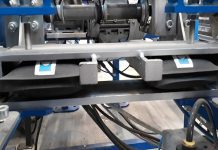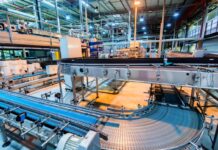
The Australian Government has marked a significant step in the development of the MQ-28A Ghost Bat, the nation’s first domestically designed, engineered, and manufactured military combat aircraft in more than 50 years.
The milestone was achieved following a capability demonstration conducted at Woomera, where two Ghost Bat drones were remotely operated by a single operator aboard an airborne E-7A Wedgetail, as revealed in a news release.
The achievement is part of the Australian Government’s $1 billion commitment to developing the Ghost Bat under its broader $10 billion investment in uncrewed and autonomous defence systems.
The investment aligns with the strategic priorities laid out in the 2024 National Defence Strategy, which emphasises the importance of enhancing the Australian Defence Force’s (ADF) capabilities through advanced technologies.
“This is an important step forward in the development of this world-leading, Australian designed and made autonomous aircraft,” said Minister for Defence Industry Pat Conroy.
“The Ghost Bat has the potential to turn a single fighter jet into a fighting team, with advanced sensors that are like hundreds of eyes in the sky.”
The MQ-28A Ghost Bat was developed in collaboration with Boeing Defence Australia and represents the country’s first foray into collaborative combat aircraft (CCA) technology.
CCAs are uncrewed aerial vehicles capable of teaming with crewed aircraft to perform complex missions traditionally undertaken by fighter jets.
“Autonomous collaborative platforms enhance the integrated force’s ability to deliver a strategy of denial, by increasing the lethality and survivability with a reduced risk to our forces,” Minister Conroy added.
The project is also contributing to the domestic economy, supporting around 350 high-skilled jobs across the country.
This includes roles at Boeing Defence Australia and involvement from more than 200 Australian suppliers, highlighting the industrial benefits of the program.



















